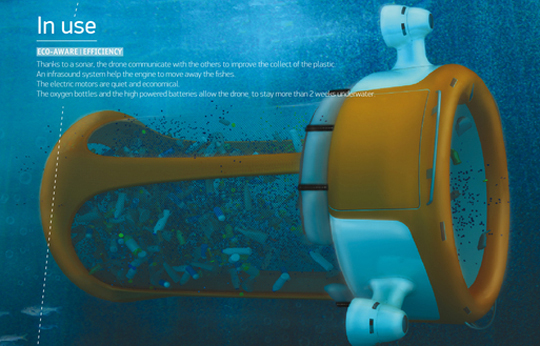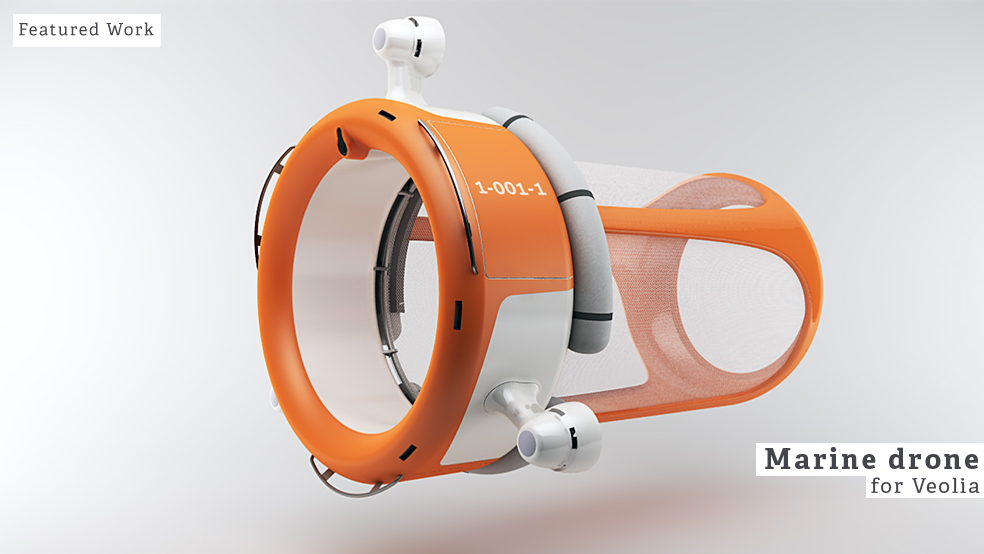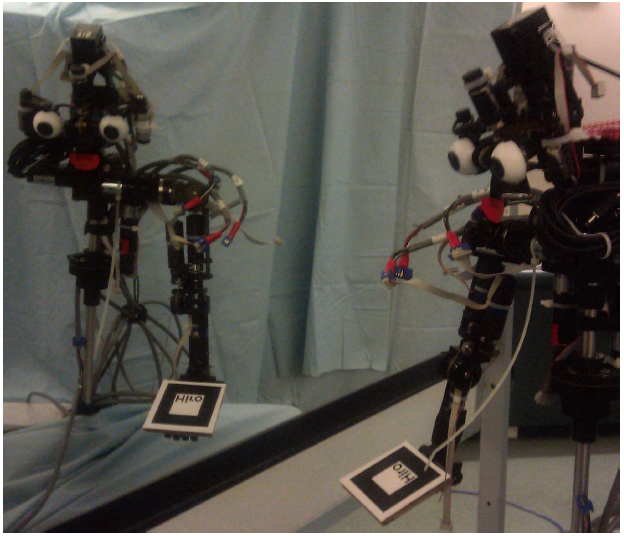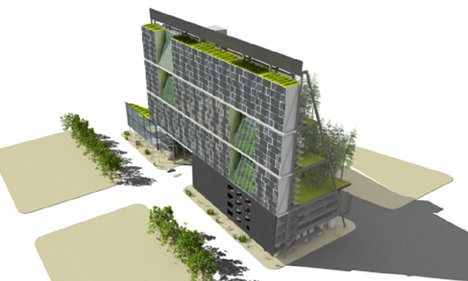Welcome to this week’s 21st Century Technology headlines. Each week I select a few interesting stories about technological innovation that can help us tackle the problems we face this century. As always I encourage you to comment, ask questions and provide input on topics I write about or feature. This week focuses on designing ethical babies, cleaning up the ocean’s plastic garbage, programming self awareness into robots, and two new farm technologies suitable for vertical urban settings. Enjoy the read.
Biomedicine Update: Ethical Babies in Our Future?
An Oxford academic, Julian Savulescu, stated in the last week that since we have the means to create designer babies we should consider it a moral obligation to ensure we imprint ethical behaviour into their genetic maps. This would be done by suppressing genes known to be associated with personality disorders that could be harmful to other humans.
Contributing fuel to the nature versus nurture debate, Professor Savulescu encourages parents during genetic selection to pick traits that benefit society. “To do otherwise is to cosign those who come after us to the ball and chain of our squeamishness and irrationality,” he states.
Is this fiction or fact? Currently we can identify genes that lead to many diseases and disorders. We know, for example, the genes associated with cystic fibrosis, with Down’s Syndrome, with many congenital heart defects, with Huntington’s, Tay-Sachs, bowel and breast cancer, and so on. In our near future will we identify a gene for avarice, gluttony, violent behaviour, and other anti-social characteristics? Professor Savulescu is convinced as are many other scientists.
Inner Space Update: New Marine Robot Proposed to Clean Up Plastic Garbage
Students at the International School of Design in Valenciennes, France, have designed a device to remove plastic pollution from our oceans. There have been numerous articles about the Great Pacific Garbage Patch also known as the North Pacific Gyre, an area with concentrations of plastic and debris in suspension to a significant depth in the ocean. Cleaning this debris field represents a significant challenge, not only because the debris can be found at variable depths, but also because the plastic breaks down into ever smaller particles.
Faced with this challenge the students came up with a drone that would act as a vacuum cleaner capturing a wide range of plastic particles at variable ocean depths for return to docking stations where the plastics could be recycled. The eco-friendly design would protect sea life by using sound to deter creatures from getting trapped along with the plastic.
Can a Robot Become Self Aware?
The Social Robotics Lab, at Yale University in Stanford, Connecticut, has built and programmed NICO, a robot that recognizes itself when it looks in a mirror. NICO uses spatial reasoning, finding objects nearby by their reflections in a mirror rather than looking for them behind it, something one of my dogs always used to do. My current dog, a miniature red poodle named Maya seems to look at herself in the mirror. Don’t know if it’s self awareness or she’s just too darn cute and likes what she sees.

But seriously the mirror test has been used to determine self awareness for many animal species. Of those dolphins and killer whales, elephants, chimpanzees and bonobos, gorillas, magpies, and crows have all passed. Now a robot joins their ranks. NICO recognizes its own arm in three-dimensional space and uses fine motor coordination skills to pick up objects. The programmers plan to develop code to create self recognition for NICO’s other body parts.
If we are to develop home assistance robots self awareness will be critical as it roams about the house and avoids colliding with the furniture, pets and humans.
Urban Landscape Update: New Farm Technologies Adaptable to Urban Settings
TruLeaf
A company located in Truro, Nova Scotia here in Canada has developed smart farm technology that combines LED lighting, hydroponics, nutrient-film technology and automation to build year-round farms that produce lettuce and other leafy plants for local consumption.
The smart farm system is called TruLeaf. It reduces water consumption per kilogram of yield by 80%, and spoilage between the grower and retail by 75%. Compared to field produced lettuce, TruLeaf produces higher yields in half the time.
TruLeaf modules can be deployed anywhere, from polar regions to urban centres.
EnviroIngenuity
Alegria Farm, in densely populated and urban Orange County, California, is a hydroponic farm designed for vertical food production in green buildings. Nicknamed the “farmacy”, it operates on 1/4 acre and consists of 120 vertical towers growing 7,000 plants from lettuce to medicinal herbs. The system being deployed is the Verti-Gro (R) hydroponic system.
Plants use 90% less water, 50% less fertilizer, 70% less of a footprint, no soil (the medium of growth is coconut fiber) and no pesticides or herbicides while producing 10 times the yield of other organic farms.
A Postscript
I’m still looking for more reader feedback and welcome your questions and comments. Readership continues to climb and for that I am greatly appreciative.
Find us on Facebook, Google+, Twitter and StumbleUpon if you subscribe to any of these social media applications.
Once again thanks for dropping by. – Len Rosen













